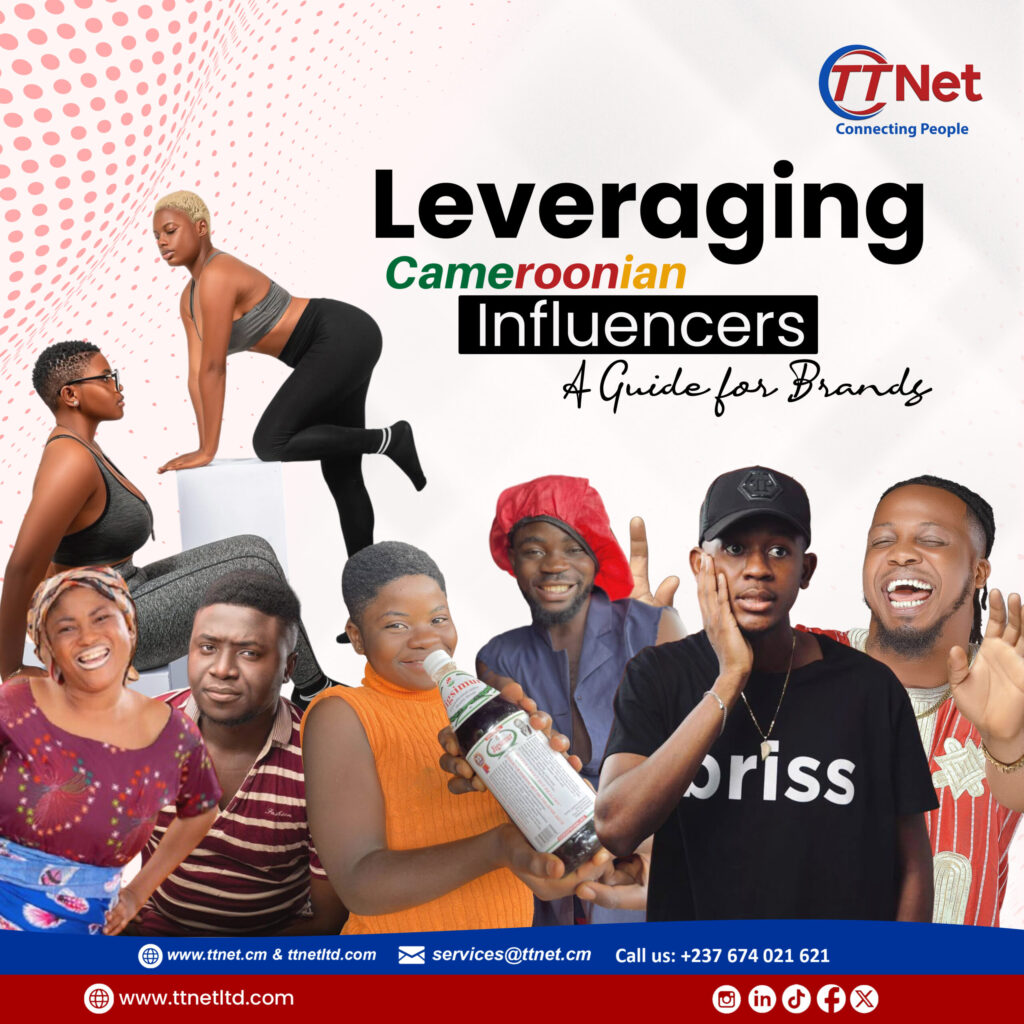
In Cameroon, where the aroma of ndolé wafts through bustling markets and makossa rhythms pulse through city streets, a new kind of star is rising. Not athletes, musicians, or politicians, but influencers the digital storytellers shaping opinions, trends, and purchasing decisions. For brands, collaborating with these voices isn’t just a marketing strategy; it’s a cultural negotiation. But here’s the twist: while everyone’s chasing influencers, few understand how to do it right. Let’s dive into the unspoken rules, pitfalls, and explosive potential of leveraging Cameroonian influencers.
Why Cameroonian Influencers Hold the Keys to Your Brand’s Success
Cameroon isn’t a monolith. It’s a mosaic of over 250 ethnic groups, languages, and regional identities. An influencer who thrives in Douala might flop in Bamenda. A French-speaking content creator could miss the mark in Anglophone regions. Yet, this complexity is exactly why local influencers matter. They aren’t just selling products they’re bridging cultural gaps, translating brand messages into relatable narratives, and tapping into the unspoken trust between communities.
But here’s the controversy: many brands treat influencers like billboards, not collaborators. They slap logos on posts and call it a campaign. In Cameroon, where authenticity is currency, audiences sniff out insincerity faster than you can say “Mboko’o!” (That’s “fake” in Pidgin, by the way.)
The Dark Side of Influencer Marketing in Cameroon
Let’s address the elephant in the room: influencer fraud. Globally, fake followers and inflated engagement rates plague the industry. Cameroon isn’t immune. Some “influencers” buy followers, stage comments, or repost recycled content. Others prioritize flashy aesthetics over genuine connection. For brands, this means wasted budgets and diluted credibility.
But the bigger issue? Cultural appropriation. Imagine a luxury brand partnering with a Yaoundé-based influencer to promote high-end watches only for the campaign to ignore the economic realities of most Cameroonians. Or a foreign company using influencers to push products without respecting local traditions. Audiences aren’t just disengaging; they’re calling out brands for tone-deafness.
How to Choose the Right Influencer (Without Losing Your Soul)
1. Audit Their Authenticity: Don’t just check follower counts. Dive into their comments. Are their followers real people engaging in Pidgin, French, or local dialects? Do they respond to their audience? An influencer with 10,000 genuine fans is worth more than one with 100,000 bots.
2. Align Values, Not Just Aesthetics: Cameroonians value community, resilience, and humor. Does the influencer’s content reflect these? If your brand sells eco-friendly products, partner with influencers who already advocate for sustainability not just those with pretty feeds.
3. Regional Relevance: A Bafoussam-based food influencer might resonate better in the West Region, while a Douala fashionista could dominate urban trends. Map your target audience geographically and culturally.
4. Negotiate Beyond Money: Many influencers value creative freedom or long-term partnerships over one-off payments. Offer collaborations that let them co-create content, share their stories, or even shape product designs.
The Content Conundrum: What Works (and What Doesn’t)
Cameroonians love content that’s entertaining, educational, or emotionally resonant. Think humor-laden skits, practical tutorials, or heartfelt storytelling. But tread carefully: overly polished, “foreign” styles can alienate audiences.
For example, a cosmetics brand could partner with an influencer to create a tutorial on adapting makeup for Cameroon’s humid climate. A local restaurant might collaborate on a “street food showdown” video series. The key? Keep it real, raw, and rooted in everyday Cameroonian life.
Avoid these pitfalls:
– Over-Scripted Promotions: Cameroonians can spot a forced endorsement from miles away.
– Ignoring Local Languages: Mix French, English, and Pidgin to maximize reach.
– Cultural Stereotypes: Not every campaign needs dancing or traditional attire. Modern Cameroon is dynamic and diverse.
Measuring Success: Beyond Likes and Shares
In Cameroon’s informal economy, ROI isn’t always linear. A campaign might spark WhatsApp group debates, inspire market vendors to stock your product, or even become a meme. Track metrics like:
– Audience Sentiment: Are comments positive, negative, or sparking dialogue?
– Offline Impact: Monitor sales in regions where the influencer is popular.
– Brand Searches: Use Google Analytics to see if interest spikes post-campaign.
But remember: influencer marketing isn’t a magic wand. It’s a long-term relationship.
The Ethical Dilemma: Are Influencers Exploiting Trust?
Critics argue that influencer marketing blurs the line between genuine recommendation and paid promotion. In Cameroon, where trust is hard-earned, this is risky. Audiences feel betrayed when influencers promote subpar products or unethical brands.
The solution? Transparency. Cameroon’s 2023 consumer protection laws are tightening rules on sponsored content. Brands and influencers must disclose partnerships clearly or risk backlash.
Conclusion: Influencer Marketing Isn’t for the Faint-Hearted
Leveraging Cameroonian influencers isn’t about hopping on a trend. It’s about respecting the culture, embracing complexity, and building relationships. For every success story, there’s a brand that misfired by treating influencers as mere megaphones.
So, are you ready to navigate the chaos, charm, and challenges of Cameroon’s influencer landscape? The rewards loyal customers, viral moments, and cultural relevance are worth the hustle.

